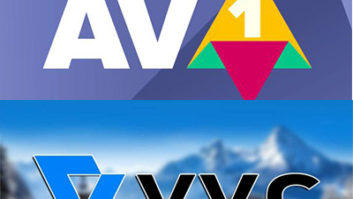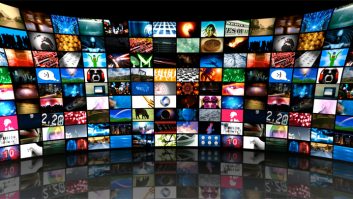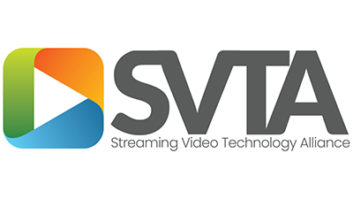Prior to the coronavirus outbreak, what key trends were you seeing with streaming in terms of the advance of the technology itself, and its application/adoption by broadcasters and media companies?
 Dan Goman (DG): The key trend was the transition from on-premise to cloud – everyone in the industry was at least planning for it. Now, with the pandemic, there is a sense of urgency around this as it is seen as enabling business continuity. In some cases, insurance companies are refusing to provide coverage unless the business implements a plan for cloud operations.
Dan Goman (DG): The key trend was the transition from on-premise to cloud – everyone in the industry was at least planning for it. Now, with the pandemic, there is a sense of urgency around this as it is seen as enabling business continuity. In some cases, insurance companies are refusing to provide coverage unless the business implements a plan for cloud operations.
We’ve heard a lot of the ‘race to zero latency’ as one of the main technology hurdles to be overcome in time. In your view, what are the key issues and challenges in streaming technology’s evolution?
 John Calkins (JC): Zero latency is a great objective, and certainly in the case of games and financial trading is potentially of huge value as a competitive advantage. For broadcasting and content where less immediacy is required, cost of service, stream efficiency and adjacent feature sets become more relevant. And the relative importance of any of these depends largely on what the baseline capabilities and costs are of the incumbent delivery method, meaning every service and service provider has to think carefully about where to focus the pursuit of innovation.
John Calkins (JC): Zero latency is a great objective, and certainly in the case of games and financial trading is potentially of huge value as a competitive advantage. For broadcasting and content where less immediacy is required, cost of service, stream efficiency and adjacent feature sets become more relevant. And the relative importance of any of these depends largely on what the baseline capabilities and costs are of the incumbent delivery method, meaning every service and service provider has to think carefully about where to focus the pursuit of innovation.
Are we learning anything new about the capabilities of streaming technology during this period of lockdown, good or bad?
JC: Perfect is the enemy of the good. Huge uptake has been seen, despite arguably less than perfect solutions in the market. At the same time, it’s been encouraging to see that the reported instances of outages, etc, have been pretty small, despite the big surge in usage pretty much across the board. For new entrants and incumbents, getting a product in the market to be where consumers will likely prove to have been more important than holding a product back for further refinements
What specific challenges are you facing as a company during this period and what sort of questions/concerns are you getting from your media clients?
DG: The biggest challenge we have is helping customers who are completely tied to on prem systems and have no way of getting access to those systems are they are not allowed in the office. In most of those cases, we work with the customers to design a transition plan once the customer is able to come back to work, taking advantage of the down time
We’ve all seen the reports and stats pointing to significantly increased streaming usage during this lockdown. Do you think people’s consumption habits will change as a result of this quarantine period?
JC: Absolutely. The question really will be one of what degree, and for what percent of people. Also supporting stickiness of the new behaviours; consumers and businesses are learning to navigate new technologies, and discovering benefits and features they might not have previously tried. In some cases – for example, cable cord-cutting – –that discovery leads to realising they were spending inefficiently, so little reason to see that spend coming back in the old way.
What do you think will be the longer term impact for media companies following the pandemic? Does it underline that a more holistic offering incorporating ‘next generation’ TV/media services are fundamentally important going forward?
JC: One hundred per cent! We’re seeing an accelerant of the general trend away from one-size-fits-all, to one-on-one personalisation; whether that’s for content, or for the features that accompany content, and even to how content is programmed, searched or recommended. You could draw the line all the way back to three broadcast networks only on TV. Ever since we see more options, more features, served more ways to more devices…any media company aspiring to scale will need to cover as many different combinations as possible; doubly important for those consumers within their target audiences.
Finally, what are the monetisation challenges around streamed services, especially in striking a balance between quality of experience for the user and ROI for the platform through advertising?
JC: Significant, especially as the consumer experience already needs to be fundamentally better than the existing services out there to encourage consumers to switch, even while carrying start-up costs, higher investor expectations, etc. From an advertising view, this naturally leads to fewer spots, with each working harder due to targeting and ability to activate.







